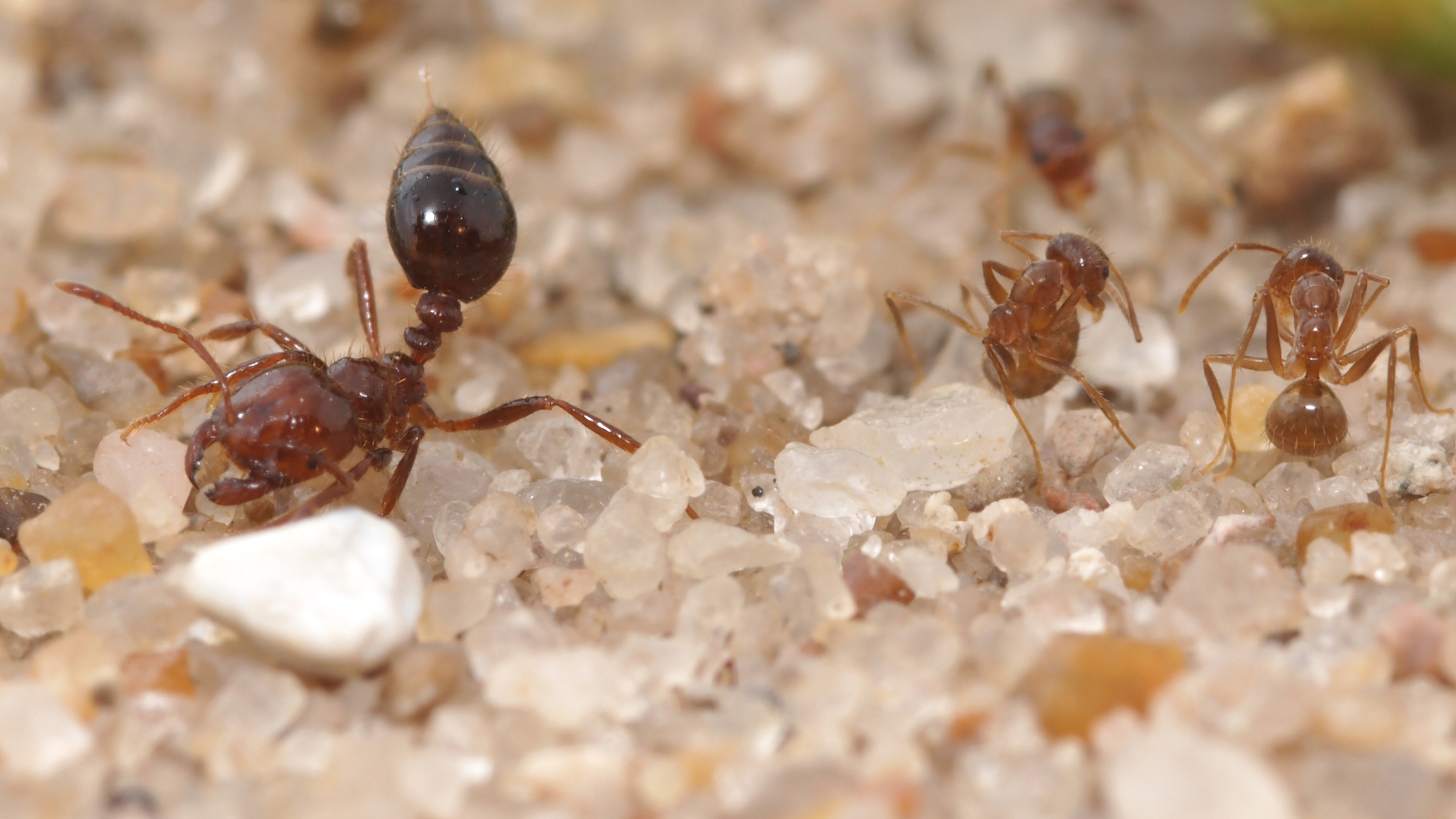News: Research
UT News
Fish Skin Provides Invisibility in Open Ocean
Scientists have solved a longstanding mystery about how some fish seem to disappear from predators in the open waters of the ocean, a discovery that could help materials scientists and military technologists create more effective methods of ocean camouflage.

Engineering Bacterial Communities Improves Plant Growth
University of Texas at Austin scientists say there's a simple way for home gardeners and small farmers to give plants a pesticide-free boost: by harnessing the power of often helpful bacterial communities known as the microbiomes of plants.
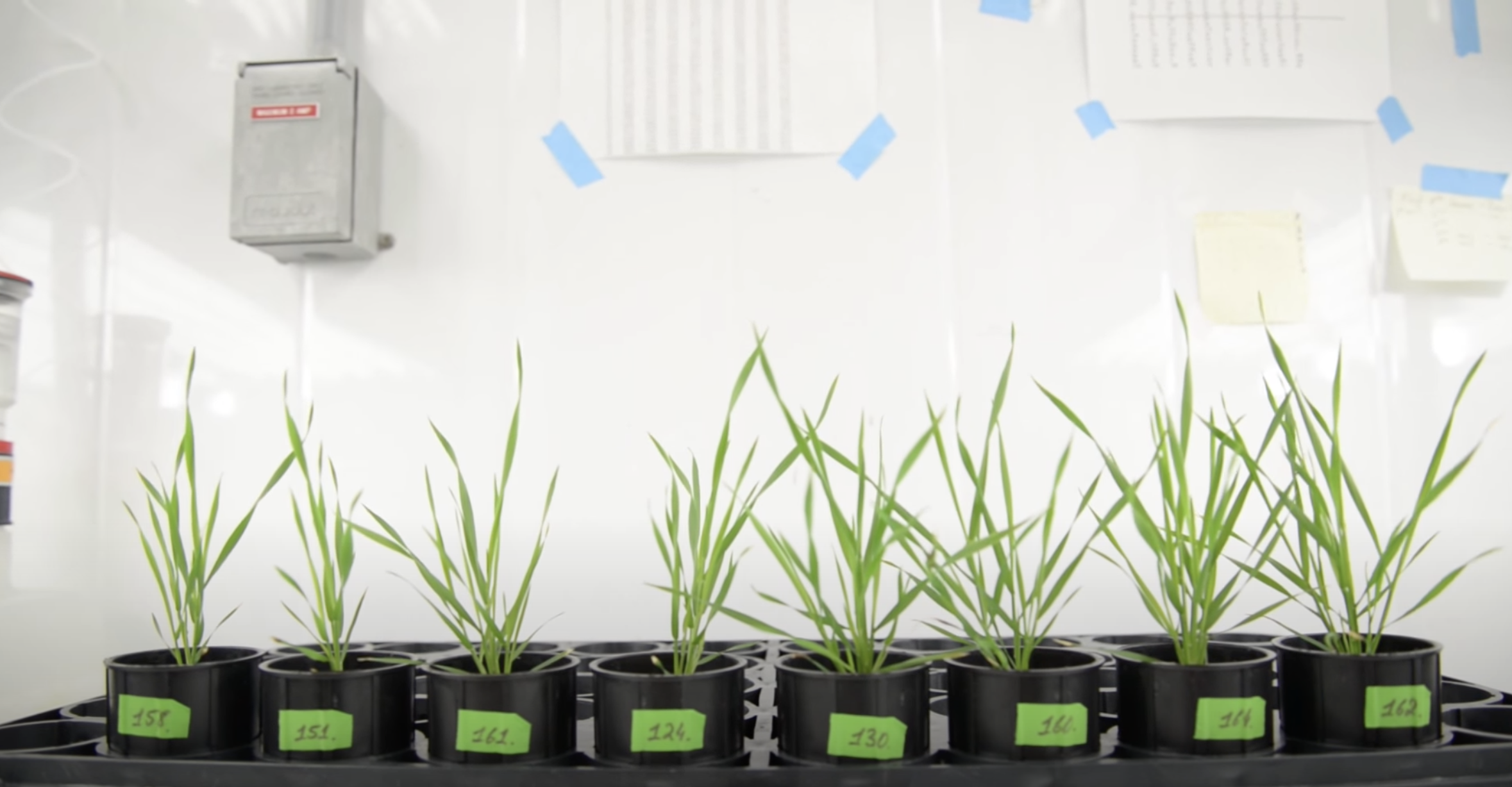
Froggy Went a Courtin'
A graduate student and her advisor in the Department of Integrative Biology at UT Austin have discovered that female frogs are also prone to the decoy effect.
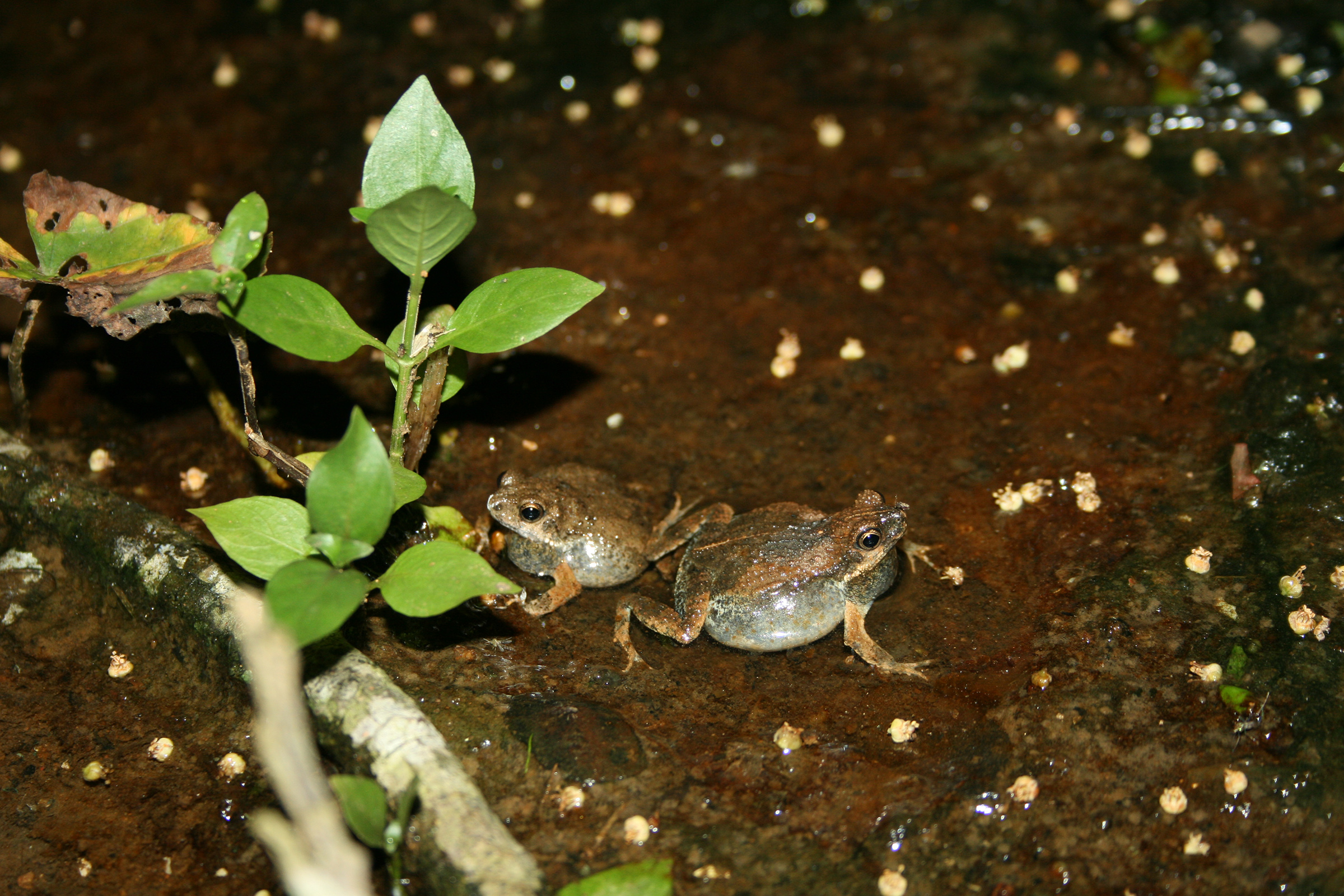
UT News
Corals Are Already Adapting to Global Warming, Scientists Say
Some coral populations already have genetic variants necessary to tolerate warm ocean waters, and humans can help to spread these genes, a team of scientists led by Misha Matz of the University of Texas at Austin has found.

UT News
HIV Not As Infectious Soon After Transmission As Thought
People who recently have been infected with HIV may not be as highly infectious as previously believed, a finding from the lab of Lauren Ancel Meyers that could improve global efforts to prevent HIV transmission and save lives.

Always and Forever: A Microscopic Love Story
What if you swapped symbiotic bacteria between two strains of aphid, would the resulting aphids look or act differently than their mothers?

Florida Lizards Evolve Rapidly, Within 15 Years and 20 Generations
Competition between brown and green anoles for the same food and space may be driving adaptations of the green anoles
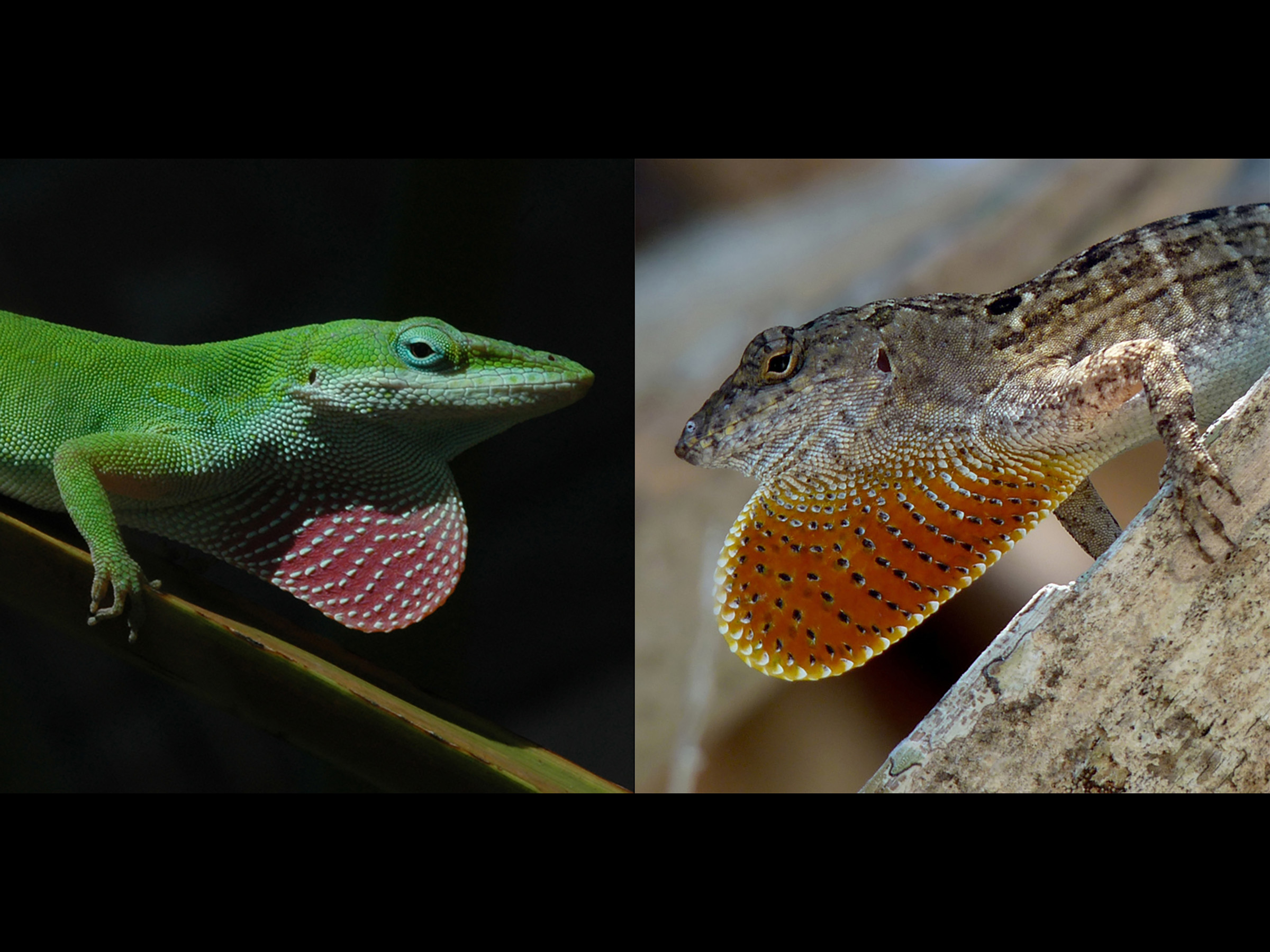
UT News
Diet Affects Men's and Women's Gut Microbes Differently
The microbes living in the guts of males and females react differently to diet, even when the diets are identical, according to a study by scientists from The University of Texas at Austin and six other institutions. These results suggest that therapies designed to improve human health and treat diseases through nutrition might need to be tailored for each sex.

UT News
Variety in Diet Can Hamper Microbial Diversity in the Gut
Scientists from The University of Texas at Austin and five other institutions have discovered that the more diverse the diet of a fish, the less diverse are the microbes living in its gut. If the effect is confirmed in humans, it could mean that the combinations of foods people eat can influence the diversity of their gut microbes.
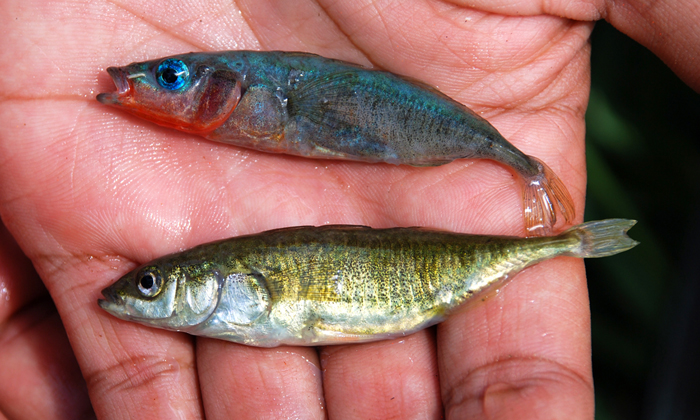
Crazy Ants Dominate Fire Ants by Neutralizing Their Venom
It’s the first known example of an insect with the ability to detoxify another insect’s venom.
